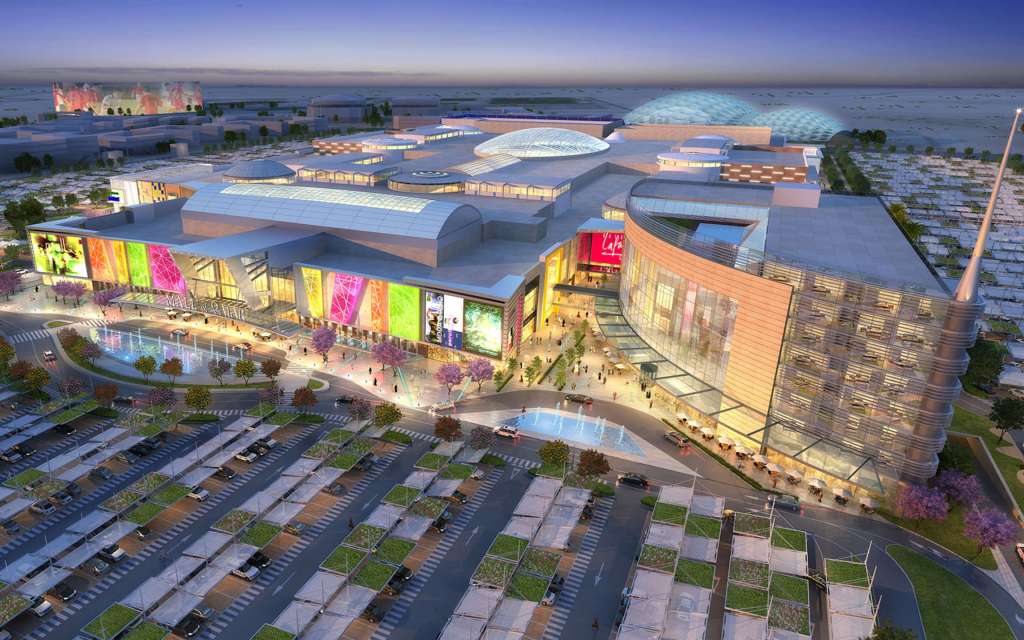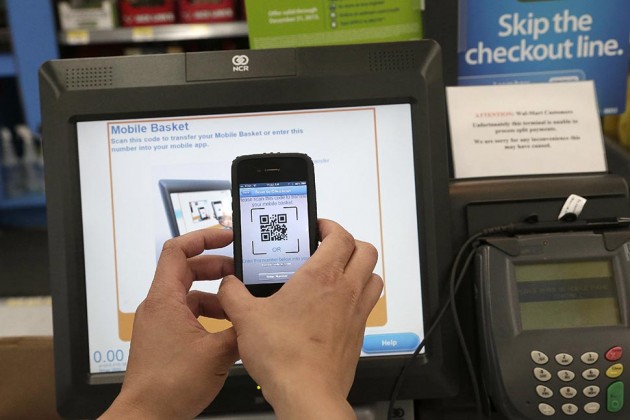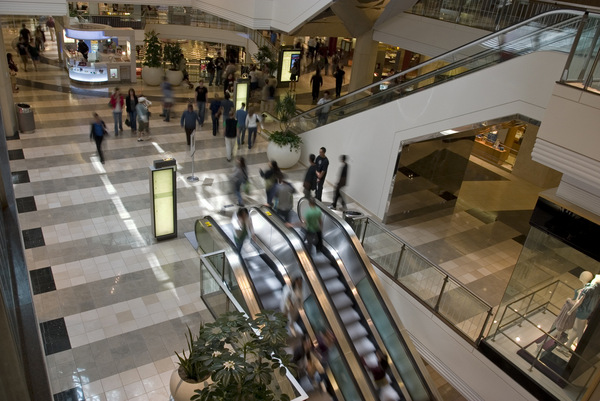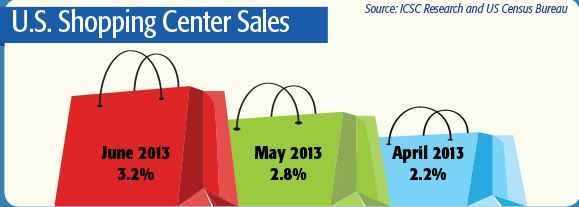Getting Attuned
Using Music to Sell
You might notice it sometimes but it’s usually unobtrusive, discernable only if you stop what you’re doing and concentrate on it. It’s the background music that accompanies your visit to many retail stores and restaurants around the world. Clinical research indicates that a store’s atmosphere affects the emotional states of consumers by appealing to the […]









